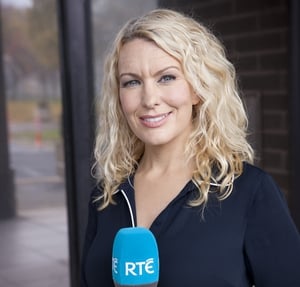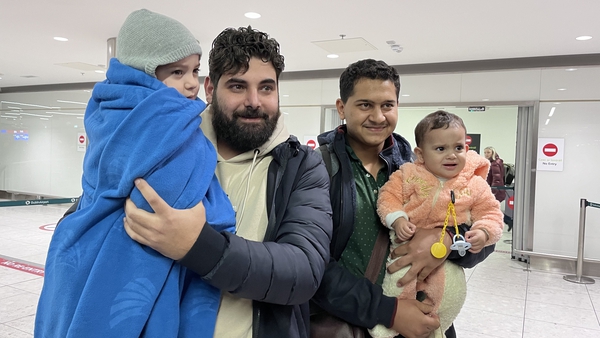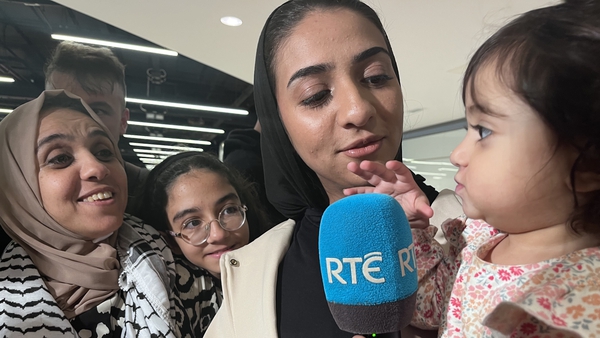The Government is to launch a new action plan today aimed at preventing and combating human trafficking.
Key objectives of the plan include the creation of a more victim-centred approach and the detection and prosecution of those involved in trafficking.
It comes as gardaí said that last year they formally identified 42 victims of human trafficking in Ireland.
Most of those victims are trafficked into the country for the purpose of sexual exploitation but others are brought for labour exploitation.
However, a report from Mary Immaculate College in Co Limerick has suggested that the true figure of those trafficked into Ireland may be up to 38% higher than previously thought.
This is the third national plan to combat human trafficking that the Government has launched, and it includes new measures to make it easier for victims to come forward, be identified and access support.
Training for those who may come into contact with victims, anti-trafficking screening measures at points of entry to the State and dedicated accommodation for victims of trafficking will be provided.
There are also plans to provide victims with protection from deportation and exit pathways for individuals impacted by prostitution.
The Health Service Executive's Anti-Human Trafficking Team is to develop an online resource for vulnerable and "hard to reach" victims with a view to increasing access to medical and social care services.
The plan will ensure that all professionals in contact with children, and working on child-related matters, are qualified in dealing with and recognising victims of trafficking in order to act in a child victim's best interest.
The plan’s ultimate goal is to create a more victim-centred approach and to detect and prosecute those involved in trafficking.
Minister for Justice Helen McEntee said that the Government’s "Third National Action Plan to Combat Human Trafficking" will help to identify and support victims of human trafficking.
Speaking on RTÉ's Morning Ireland, she said that the true figure of human trafficking is 'multiples' of the official figure of 42.
She said the majority of people who are trafficked are women who were promised a new life in a new country, but instead they were trafficked into the country for sexual exploitation.
We need your consent to load this comcast-player contentWe use comcast-player to manage extra content that can set cookies on your device and collect data about your activity. Please review their details and accept them to load the content.Manage Preferences
'Beaten, starved, raped'
"When they've arrived here, they have been in some instances locked in rooms.
"They have been forced to engage in prostitution, when they haven't they've been beaten. They've been starved. They've been raped."
Minister McEntee said that men and children have also been brought into forced labour.
In recent years we have seen a particular case where someone was trafficked for organ harvesting, she said.
"So these are real people. These are real scenarios. This is happening in this country."
She said it is a very difficult crime to prosecute and the whole focus of the strategy is to ensure it is victim centered with structures in place that will make it easier for them to come forward.
She said the introduction of the national referral mechanism will make it easier for people to come forward.
Currently gardaí are the only people who can identify victims of trafficking, she said, and many victims are fearful of authority figures like police forces.
A second major factor will be around training, she said.
"We're ramping up that training, we're expanding it out to the public sector.
"So for example, you have somebody who comes into the social protection office to pick up their welfare payment. They have somebody with them. They're not there at their own volition. How do we make sure that the person behind the counter can spot those signs and can alert authorities and try and get help for that person?"
Minister McEntee said victims who come forward will not be deported once they are identified as a victim of trafficking.
The path also includes exit plans for people impacted by prostitution, she said.
This will involve online resourcing for victims and the provision of specific accommodation, she explained.
The first accommodation has been identified and is being developed, she said, but obviously it will not be enough to accommodate everyone.




